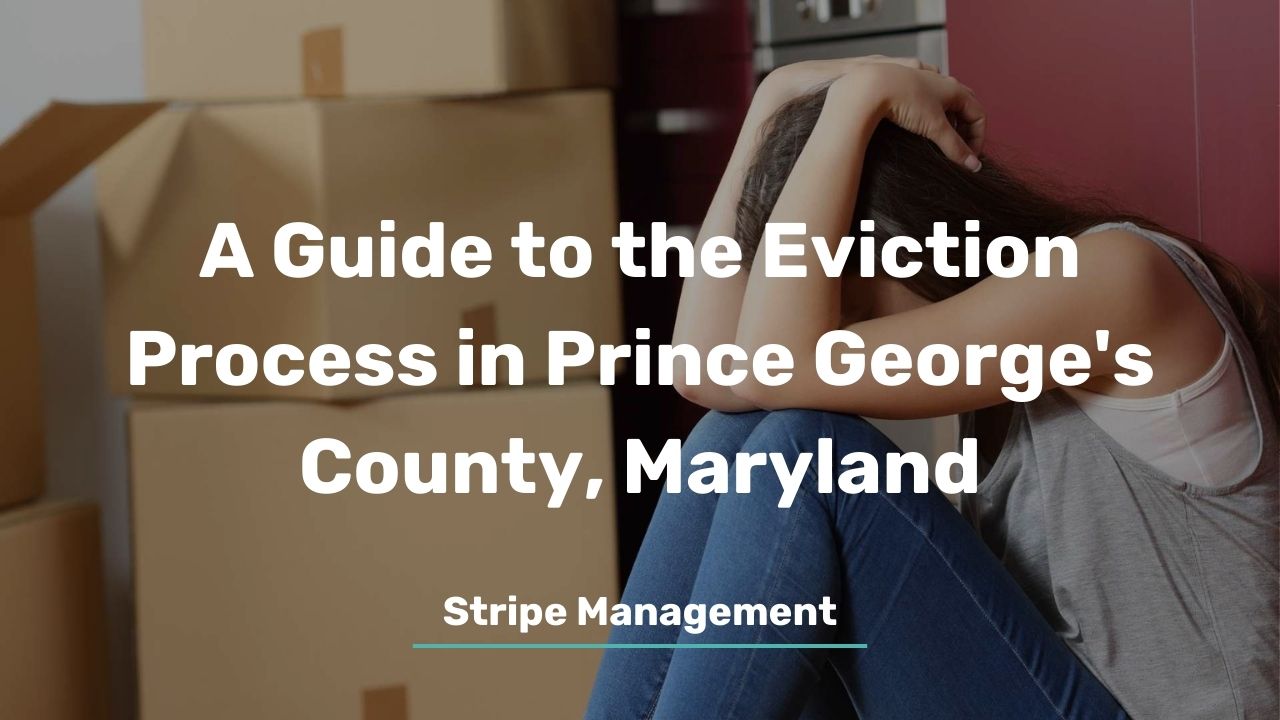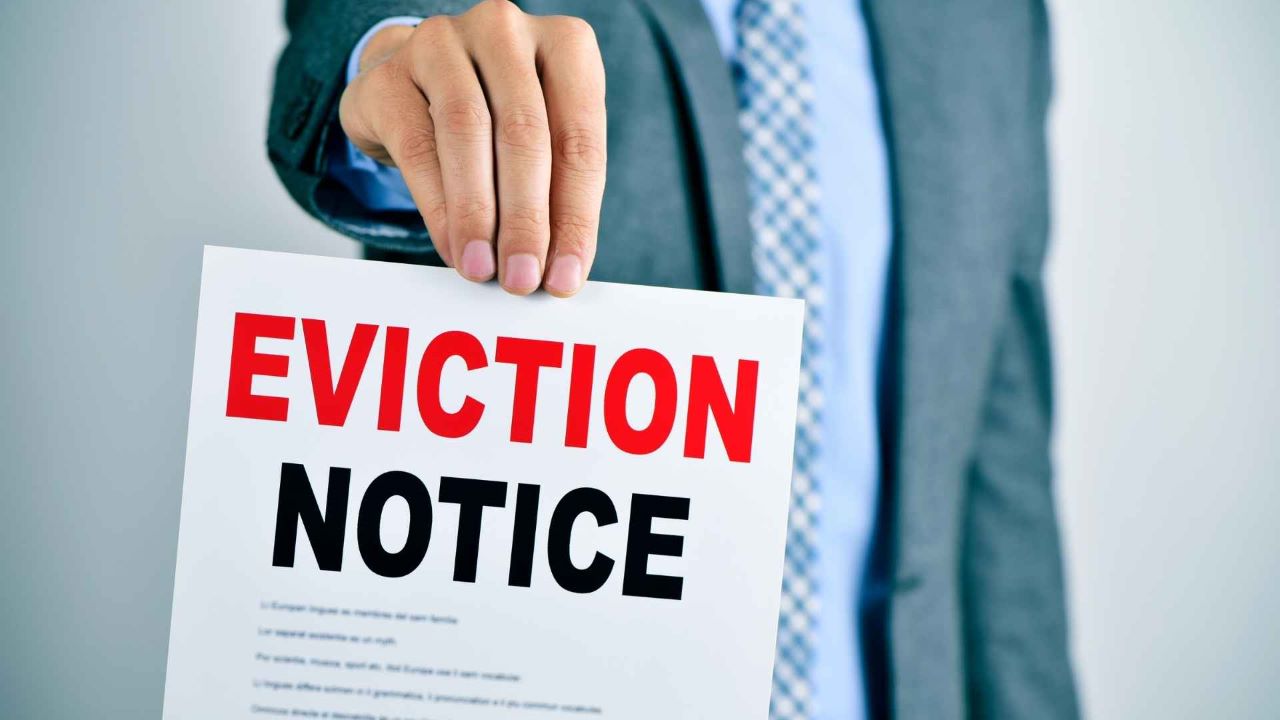
In Maryland, a landlord can evict a tenant for certain legitimate reasons, such as nonpayment of rent, lease violations, or refusal of a tenant to move out once the lease expires. These are commonly known as ‘just’ eviction causes.
As a landlord, you must follow the state’s eviction process to successfully obtain a court order. You must also always comply with other rental laws, such as Fair Housing or security deposit laws. After that, it’ll only be the county sheriff who will have the mandate to carry out the physical eviction of the tenant, if need be.
Landlords must not try to evict their tenant in any other way other than that prescribed by the landlord tenant law, including removing the tenant’s possessions, turning off their utilities, or locking them out. These are constructive eviction methods and are illegal in all U.S. states, including the state of Maryland.
If you are curious to know about the Maryland tenant eviction laws, or looking to go through the process yourself, this blog has you covered! The following is the tenant eviction process in Maryland.
The Eviction Process in Maryland
The following is the step-by-step process you must follow when trying to evict a tenant in Maryland.
Just Cause
To begin the eviction process against a tenant, you must first have a just cause. A just cause is a reason that gives landlords a legitimate reason for eviction. In Maryland, legal grounds for tenant eviction include the following:
- Failure by the tenant to pay rent
- Violation of a term of the lease
- Not moving out after the lease expires
- Illegal activity while at the rental premises

The Eviction Notice
After having such reasons, you’ll need to serve the tenant an eviction notice. The purpose of an eviction notice is to terminate the rental agreement. It’ll tell the tenant the violation they have committed and what they must do within a certain time-frame.
With eviction notices, you must ensure that you follow everything correctly, from the eviction notice type you choose, the information to include, to the amount of notice to give the tenant. Getting any of these things wrong can give the tenant a valid legal defense, which can delay the process.
10-Day Notice to Quit
For nonpayment of rent, you’ll need to serve the tenant with a 10-Day Notice to Quit. This will give the tenant up to 10 days to pay what is due or leave the premises. This notice will, however, only apply after the rent has become late.
This is usually on the second day after rent becomes due. For instance, if the rent is always due on the 1st of every month, then you’ll need to wait until the 2nd day to serve it. Please take note of any grace periods if you offer any, as well.
60-Day Notice to Vacate
For tenants who fail to move out after their lease expires, you’ll need to serve them a 60-Day Notice to Vacate. Unlike the eviction notice for nonpayment of rent, this isn’t curable. The tenant will have no other option but to leave within the 60 days.

The same notice also applies to ‘tenants at will’. These are usually tenants on periodic tenancies, whom the landlord can evict at any time by giving appropriate notice. An example of a tenant at will is a month-to-month tenant. In most cases, the lease doesn’t specify when the tenancy will come to an end.
30-Day Notice to Comply or Vacate
For tenants who commit minor lease violations, you’ll need to serve them a 30-Day Notice to Comply or Vacate. Examples of minor lease violations include causing disturbance to other tenants, refusing landlord entry, and keeping unauthorized tenants.
14-Day Notice to Vacate
For tenants who may be an imminent threat or cause harm to themselves or other people, you’ll need to serve them a 14-Day Notice to Vacate. This eviction type will give them up to 14 days to move out. The tenant won’t have the option to remedy the violation.
If the tenant doesn’t act on the notice within the notice period, you can go to court and file for their removal. For example, if the tenant doesn’t pay the due rent or move out within the 10 days, you can go ahead and file a complaint in the appropriate court.
How you serve an eviction notice to a tenant also matters to the overall success of the process. The following are the acceptable methods of serving eviction notices to tenants in Maryland:
- Using first class mail
- Posting the notice on a conspicuous area of the premises
- By texting or emailing the tenant if the tenant has agreed to such methods of service

Tenant Eviction Defenses in Maryland
A defense is a reason a tenant can give in court to stop or delay their eviction. The following are common tenant eviction defenses in Maryland:
- Failure to provide the tenant with a proper notice, for example, failing to provide them with the right notice period required by state law.
- Evicting the tenant after they recently complained of a habitability issue.
- Evicting the tenant due to their race, color, religion, sex, or any other protected class.
- Locking out the tenant as a way to try to evict them from the unit.
Attending the Court Hearing
After filing a complaint with the district court where your rental unit is located, you could expect a hearing 5 days later. This is specific for nonpayment of rent evictions. For all other eviction types, no specific number of days is guaranteed.
If the court rules in your favor, whether through a default judgment or merit, you’ll be issued with a Writ of Restitution. This will be the tenant’s last notice to vacate the unit. The writ will mandate the office of the sheriff to evict the tenant within 60 days after the writ was issued.
Bottom Line
When it comes to tenant evictions, abiding by the law is necessary. This will ensure the process takes place within the confines of the law and takes as little time as possible. Typically, Maryland evictions can take anywhere between 3 weeks and 5 months to end.
For expert help in any aspect of property management in Prince George’s County, get in touch with Stripe Management. We have everything you need to succeed as a landlord. Contact us today to get started!
Disclaimer: Please note that the information provided in this blog is intended for general guidance and should not be considered as a replacement for professional legal advice. It is important to be aware that laws pertaining to property management may change, rendering this information outdated by the time you read it.
